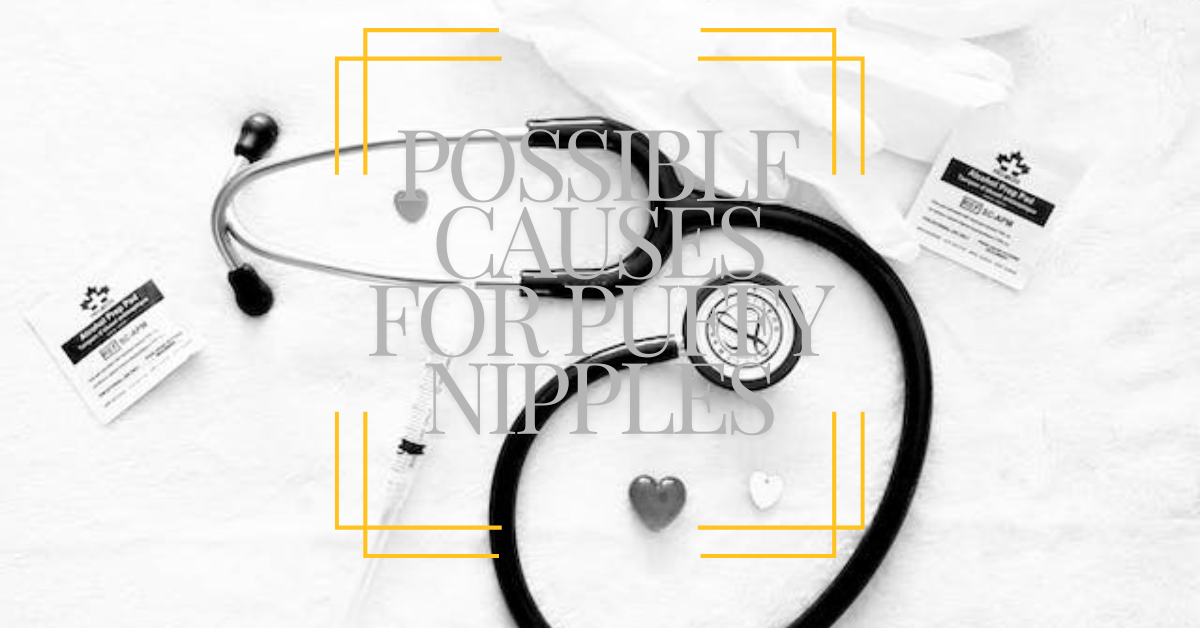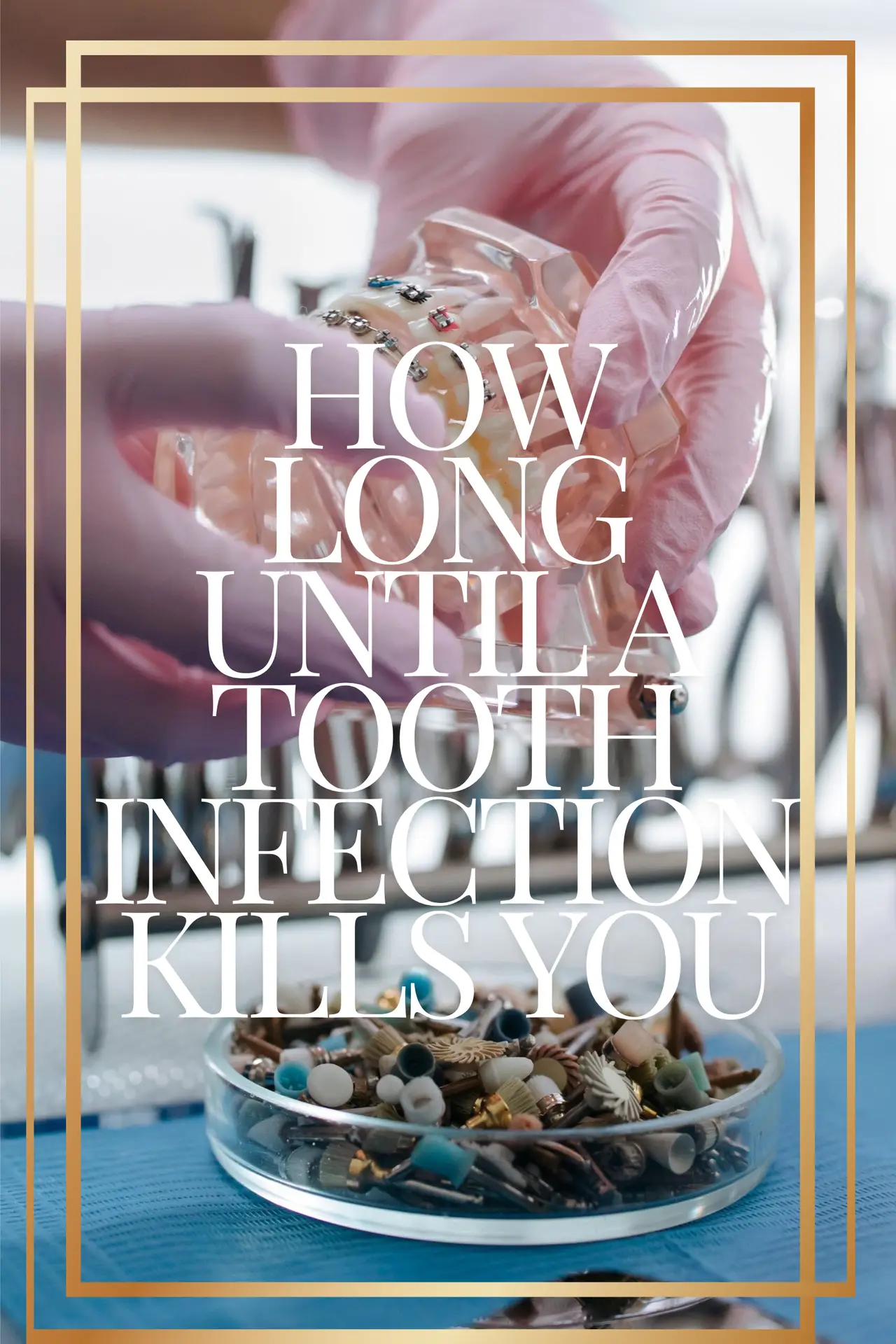What is knee replacement surgery?
Knee replacement surgery, commonly referred to as knee arthroplasty, involves extracting damaged or diseased parts of a knee joint and replacing them with artificial components. It typically is carried out when traditional therapies like medications, physical therapy and lifestyle modifications fail to alleviate severe knee pain caused by conditions like osteoarthritis, rheumatoid arthritis or trauma injuries.
At knee replacement surgeries, orthopedic surgeons make an incision around the joint to access damaged cartilage, bone and other tissues for removal. Next, damaged ends of both bones-femur and tibia) are reshaped in order to accommodate artificial components made out of metal alloys or high-density plastic that mimic natural shapes and functions of knee joints.
There are two primary types of knee replacement procedures:
Total Knee Replacement (TKR): With this procedure, both the femoral and tibial components of the knee joint are replaced with artificial implants, while in some instances its back surface (patellar surface) may also be resurfaced or even replaced by plastic components if required.
Partial Knee Replacement (PKR): With this procedure, only damaged portions of a knee joint are replaced, typically just one compartment (medial or lateral). PGKR may be suitable for patients suffering localized damage in one knee joint.
Knee replacement surgery has the ability to substantially decrease pain and increase knee function, giving individuals back mobility and leading active lives again. While surgery alone cannot guarantee long-term results, rehabilitation and physical therapy sessions will need to take place following it for optimal outcomes. Success of knee replacement depends on various factors including patient health status, surgeon skill and compliance with post-op care and rehab guidelines outlined after the operation has taken place; individuals considering this treatment option should discuss it thoroughly with healthcare providers or orthopedic surgeons prior to making this choice for themselves.
After knee replacement surgery, it\’s essential that proper precautions be taken in order to maximize recovery and decrease complications. Here are five mistakes to avoid after knee replacement:
Opponents of Physical Therapy Should Consider Possible Consequences Before Deferring Physical Therapy:
One of the greatest mistakes patients make following surgery is not engaging fully in post-op physical therapy sessions, especially after knee replacement surgery. Physical therapy plays an essential part in helping regain strength, mobility and flexibility for their new knee joint; not attending all scheduled sessions may lead to stiffness and reduced function in future activities.
Overexertion:
Engaging in too strenuous an activity too soon after receiving a new knee replacement can result in complications or damage to the joint itself, so it is crucial that you follow both your surgeon\’s and physical therapist\’s advice regarding activity levels, progressing slowly as advised.
After knee replacement surgery, some pain and swelling is to be expected; however, persistent or severe discomfort should never be ignored as it could indicate implant failure, infection or other issues requiring immediate medical intervention. If unusual pain arises after treatment has begun, please reach out immediately to your surgeon for medical advice.
Failing to Administer Medication Properly:
Failure to take prescribed medications as directed can hinder recovery. Pain control is especially crucial during early recovery stages; adhering to your medication schedule and reporting any side effects to healthcare providers.
Not Adherence Lifestyle Changes:
Knee replacement requires lifestyle modifications such as losing weight, quitting smoking and adopting a healthier diet. Failing to follow these recommendations could increase risk and hinder overall recovery.
Remember, everyone\’s recovery journey varies and it is vital that you follow all post-operative instructions from your surgeon as well as attending follow up appointments for optimal recovery after knee replacement surgery. Collaboration amongst the healthcare team and self care will lead to the best possible result of knee replacement surgery.
Other Mistakes
Not Anticipating Limitations After Surgery
Following knee replacement surgery, patients typically experience significant pain and functional limitations for up to six months post-surgery. This could make recovery even harder than anticipated.
Your surgery recovery period could last at least 6 weeks after surgery and initially prevent you from climbing stairs; so having a plan in place to manage this time frame is imperative – including practical details like transportation.
Will You Need Extra Assistance if Living Alone? Are You Living On Stairs/Can Your Bed be Moved Downstairs/How Will Meals be Prepared/Cooked and Cleansers Required in Shower etc
Where will You Travel for Follow-up Appointments and Physical Therapy
Not Taking Pain Medication Regularly
Medication is essential after major surgery to manage inflammation caused by major procedures as well as maintain tolerable pain levels to facilitate healing. Taking regular pain relievers will reduce swelling caused by major operations while keeping pain to manageable levels to facilitate speed up recovery time.
Symptoms of knee pain that interfere with sleep will slow your recovery significantly and limit mobility therapy and other forms of physical therapy needed for rehabilitation. If this pain becomes overwhelming, sleep will likely not come easily which in turn impedes physical therapy procedures necessary for your healing.
Mistakenly taking medication only when the pain worsens is an all-too-common mistake, often with dire repercussions.
Some individuals can benefit from taking medications to manage the pain; however, doing this increases the chance that it becomes unbearable and takes days or more for medication to work if pain increases to an extreme. It works best when used early so as not to compound existing discomfort with extra discomfort later.
Avoiding an ongoing cycle of going without medication followed by intense discomfort can keep rehabilitation on hold for multiple days, delaying success.
Avoid Movement or Rehabilitation
As previously discussed, pain is one of the primary impediments to rehabilitation; it may even discourage movement altogether. Yet many find relief through movement as their pain alleviates; in general.
Initial bends of your knee or the first steps you take when starting out might feel painful; this should diminish with practice and repetitions.
Frequency of movement is crucial in the early stages of recovery. You should perform physical therapy exercises daily and walk regularly throughout your day for maximum effects.
Exercise must be tailored specifically for each day so as to be practiced multiple times every day and regularly without becoming overwhelming or tiring of it all.
Too Much Activity Too Soon
Overdoing it too soon may prove costly, particularly among younger, fitter individuals who are eager to return to all their activities as soon as possible.
Recovery after knee replacement surgery involves finding the appropriate balance. Push through some discomfort without pushing too hard or too often; finding this balance may take practice and time.
If you overdo it, your knee could become painful or swollen and prevent further exercise – we refer to this phenomenon as boom-bust.
Not Engaging in Pre-Surgery Rehabilitation (Prehab)
Benjamin Franklin once stated: \”By failing to prepare, one is setting themselves up for failure\”. Prior to having surgery or undertaking any major procedures, you need to prepare your body as best you can.
Prehab can serve two main goals. One, strengthening muscles prior to surgery helps you cope more comfortably; secondly, after surgery there will always be an extended period with reduced activity which causes bulk and strength loss over time.
So the more muscle bulk you build before surgery, the greater its benefits will be. Another main motivation to perform prehab exercises before surgery is that they simulate post-surgery rehabilitation exercises; therefore you can teach your body to perform these movements so they become routine for you afterward.
As after surgery, your body will feel different, taking time to adapt. A clear understanding of which exercises work and feel best will accelerate this process. A reminder about when and how they should be completed may aid this effort.
QA
What is the biggest complaint after knee replacement?
Complications after knee replacement surgery vary between people. Here are a few commonly occurring complaints and challenges after knee replacement:
Pain and Discomfort: Post-operative discomfort may persist for some time post-surgery, however the pain often subsides with time as your knee heals; nonetheless some individuals may still feel discomfort or pain throughout recovery.
Swelling and stiffness: Swelling and stiffness can be common after knee replacement surgery, with managing swelling and restoring full range of motion being difficult tasks for some patients.
Limited Mobility and Difficult Walking: At first, many patients may require assistance for walking. Over time however, strength will return, enabling them to walk independently again.
Muscle Weakness: After surgery, muscles surrounding the knee may weaken as a result of inactivity during recovery period. Physical therapy and rehabilitation services should help regain muscle strength to restore health in these regions.
Scar Tissue Formation: Scar tissue may form around surgical sites and cause limited joint mobility and discomfort for some patients.
Infection: Although rare, infections at the surgical site can be an unexpected complication of knee replacement surgery and cause pain, swelling and other symptoms to surface postoperatively.
Implant-related issues: Although modern knee implants are designed to last a long time, there can occasionally be issues related to loosening or instability arising that necessitate further intervention.
Long-Term Wear and Tear: Over time, knee replacement implants may wear down over time and cause reduced function or pain years post surgery – in such instances revision surgery may become necessary to address such complications.
Note that many patients undergo successful knee replacement surgeries and experience significant improvements to their quality of life after treatment, though individual experiences can differ and some individuals may encounter challenges during recovery. Therefore, proper preoperative education, post-op rehabilitation/physical therapy programs adherence, as well as follow-up appointments with healthcare providers can help minimize complaints and optimize results. If considering knee replacement surgery yourself or know someone considering it is essential that any potential concerns or potential complications be raised with healthcare professionals as early as possible to minimize adverse events and optimize results.
What can you never do after knee replacement?
After knee replacement surgery, patients typically are advised of various activities or precautions they should avoid during recovery and beyond, particularly the initial period after surgery. It\’s essential that patients follow all guidance provided by their surgeon and seek specific guidance tailored specifically for your situation if there are specific considerations needed. Here are a few things you may be cautioned against after knee replacement:
High-Impact Activities: Activities which place excessive strain on the knee joint, such as running, jumping and participating in high-impact sports should generally be avoided as these could increase risk for implant loosening or damage.
Deep Knee Bends and Squats: Deep knee bends and heavy squats may place undue stress on a new knee joint and should therefore not be undertaken without prior medical approval.
Twisting and pivoting: Activities which require sudden twisting or pivoting movements such as playing basketball or tennis may put strain on the knee joint and may limit physical activities like these. This includes activities like basketball or tennis – however these might need to be limited in their physical contact time due to being painful for knee joints.
High-Risk Movements: Avoid movements which carry an increased risk of falling or knee injuries, such as skiing, rollerblading and contact sports.
Kneeling: Kneeling directly on an artificial knee replacement may not be ideal or comfortable, yet some patients can do it with caution.
Weight Gain: Excessive weight gain may place additional strain on a knee replacement implant and shorten its lifespan, placing additional stress and potentially shortening its lifecycle.
Avoid Prolonged Sitting or Standing: Avoid sitting or standing still for extended periods as this can lead to stiffness and discomfort in both legs.
Skipping Physical Therapy and Exercising Properly: Skipping post-operative physical therapy and exercises could impede the healing process and limit range of motion in your new knee joint.
Negligence pain or discomfort: Should you experience persistent knee pain, swelling or other unusual sensations it is crucial that you consult with a healthcare provider immediately.
Avoiding follow-up appointments: Regular follow-up meetings with your surgeon are vital in monitoring the progression of a knee replacement and addressing any concerns as soon as they arise.
Notably, many individuals can live active and fulfilling lifestyles following knee replacement. Specific recommendations will depend on factors like your age, overall health and the implant used as well as what has been recommended to your surgeon based on his assessment of individual situations – so always contact a healthcare provider for personalized advice regarding this procedure.
What are red flags after knee replacement?
After knee replacement surgery, it\’s vitally important to watch out for potential complications or warning signals during recovery. Although most knee replacements are successful and result in improved mobility and reduced pain for patients, complications may still arise; here are a few red flags to watch for:
Infection:
Swelling around surgical sites that is redder than usual with temperature. Persistent or increasing pain at surgical site. Fever, chills or flu-like symptoms present. Puffiness or drainage from incision sites.
Blood Clots:
Swelling, tenderness or redness in either your calf or thigh; pain that increases when bending knee or walking; shortness of breath, chest pain or rapid heartbeat – potentially indicative of pulmonary embolism (blood clot traveling to lung); Joint Instability: An unusual feeling that one or both joints is loose or unstable; difficulty bearing weight on operated leg
Unusual symptoms that should prompt consideration when looking to have their knee implant replaced include sudden and intense knee pain or popping sounds when moving it; implant problems; changes to its location/alignment and any unusual noises such as clicking, grinding or squeaking coming from it.
Persistent pain and discomfort that does not improve over time. Allergic Reactions: Skin rash, hives or other indicators of an allergic response to implant materials.
Nerve Damage:
Numbness, tingling or loss of sensation around the surgical site; weakness in leg or foot muscles;
stiffness:
Unable to achieve satisfactory range of motion for knee bending/straightening actions or difficulty. Excessive Stiffness that Doesn\’t Improve With Rehabilitation. Excessive Swelling that Refuses to Respond with Rest, Elevation or Icing (SEAI). Signs of Excess Fluid Accumulation Around Knee Area. Wound Healing Issues (WHI). Delayed wound healing, wherein an incision does not close or heal properly. Signs of infection at the incision site.
Continued Pain:
Uncomfort alleviated by prescribed pain medication or lasting longer than anticipated for recovery periods. Should any red flags arise following knee replacement surgery, it\’s crucial that they contact their healthcare provider or orthopedic surgeon immediately. Early identification and management can prevent complications while aiding recovery; regular follow up appointments with your surgeon are also crucial as you progress and address any concerns that may arise.
What I wish I knew before knee replacement surgery?
Before embarking on knee replacement surgery, it\’s essential that you are well informed. Here are a few things you may wish you knew ahead of the procedure:
Surgery Expectations: Gain an understanding of what will take place during and after your knee replacement procedure – be it partial, total or bilateral replacement. Discuss all relevant information with your surgeon as you discuss what lies in store for you specifically in relation to this case and any specific concerns about its outcome.
Make realistic expectations regarding your recovery timeline; recovery may take several weeks or months and progress may be slow and steady. Physical therapy or rehabilitation might be needed in order to restore full function.
Preparing for Surgery:
Carefully following your surgeon\’s pre-operative instructions can increase success of surgery; follow his/her advice regarding lifestyle modifications, medication or diet restrictions as instructed to achieve maximum outcome from any procedures performed.
Post-Surgery Assistance: In case your mobility is limited after surgery, arrange assistance at home during your initial recovery period for daily tasks like cooking, cleaning and transportation assistance. This might include help with cooking, cleaning or getting around.
Physical Therapy:
Commit yourself to physical therapy sessions as they\’re integral for rebuilding strength, mobility and flexibility in your knee. Be ready for discomfort during these sessions but they could prove lifesaving!
Pain Management:
Make an understanding of your post-surgery pain management plan, such as medication, ice, elevation or other strategies to ensure adequate relief is received by communicating to the healthcare team.
Potential Complications:
Although knee replacement surgeries tend to be safe, complications such as infection, blood clots or implant-related issues could arise and should be reported immediately if detected. Be mindful of potential signs and symptoms for complications as early detection could help provide the fastest possible response time from medical providers.
Mobility Aids:
In the early stages of recovery, mobility aids such as crutches, walkers or canes might come in handy; familiarize yourself with how best to utilize them for optimal use.
Home Modifications:
Make any necessary home adjustments such as installing handrails in the bathroom and creating an uncluttered and safe environment to prevent falls.
Long-Term Lifestyle Changes:
After receiving a knee replacement, certain lifestyle adjustments may need to be implemented; such as limiting high impact activities and weight management for optimal recovery as well as taking measures to safeguard the new joint.
Mental Prep:
Be mentally prepared for the emotional aspects of recovery, including frustration, impatience and occasional sadness. Relying on friends, family or a counselor for assistance may prove useful in reaching a successful conclusion to recovery.
Follow-Up Appointments:
It is essential that all follow-up appointments with your surgeon and healthcare team are kept so as to closely track progress while addressing any potential concerns or complications that may arise.
Consider Your Insurance Coverage and Out-Of-Pocket Costs:
Carefully consider both your coverage as well as any out-of-pocket expenses related to surgery, rehabilitation and postoperative follow up care costs before moving forward with this journey.
Patience and Perseverance:
Recovering can be challenging, yet remaining patient and perseverant is essential to reaching recovery. Progress may take longer than you anticipated but with dedication and the proper support in place you can restore mobility and enjoy improved quality of life.
Keep in mind that each experience with knee replacement surgery varies, and consult your healthcare team for tailored guidance and advice based on the details of your unique case.






